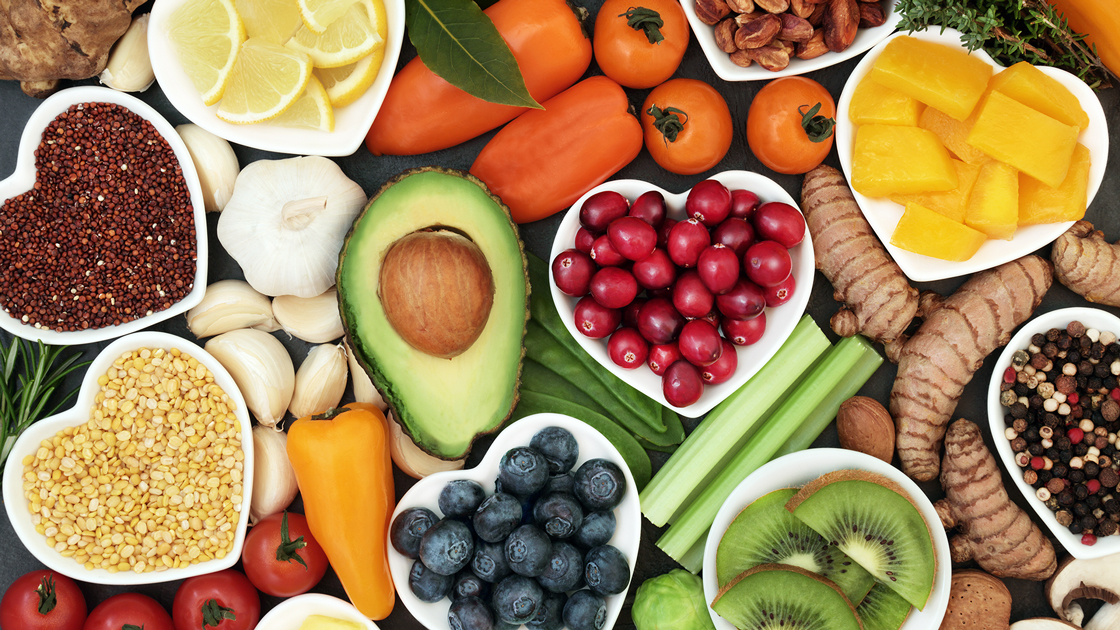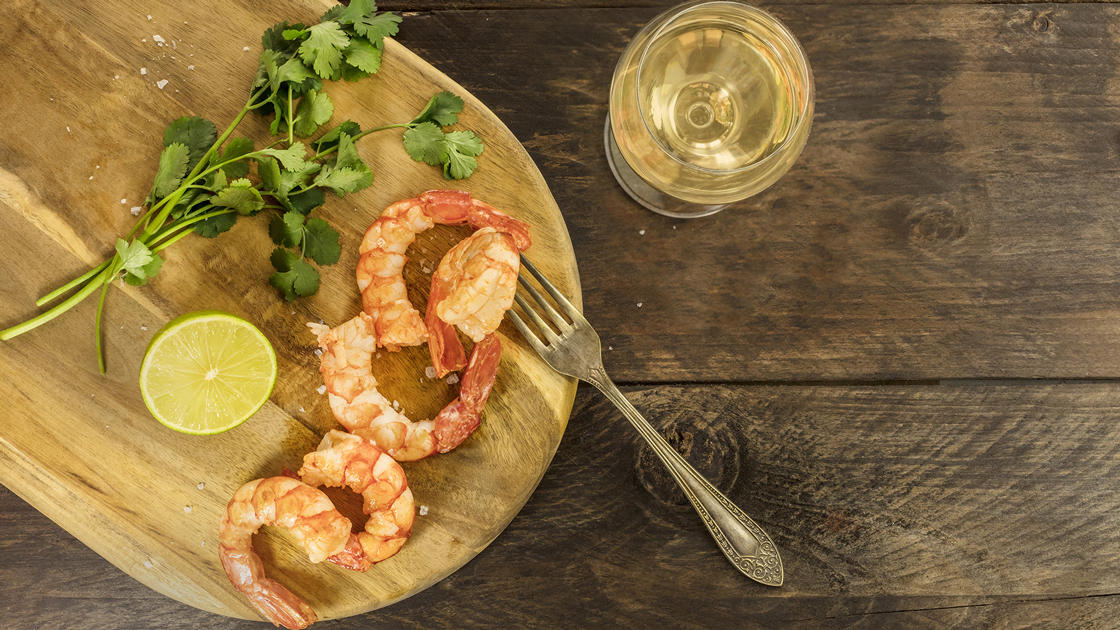7 Simple Ways to Start Eating Clean Today
green and lean
By Andrea Kirkland, Registered Dietician

Eating clean is a lifestyle approach that focuses on fresh, minimally processed foods and emphasizes plant-based items. If you’re looking to clean up your diet, the best place to start is by incorporating more whole foods into your daily routine, becoming a savvy shopper, and staying hydrated. Here are seven straightforward tips to make the transition easy.
1. Eat More Fruits, Vegetables, and Legumes
Make fresh produce and beans the foundation of your meals and snacks. When eaten fresh or simply cooked, they’ll deliver disease-fighting vitamins, minerals, and fiber without any unhealthy preservatives or additives as compared to their highly processed canned and frozen counterparts. Go for organic produce when you can. Use the Environmental Working Group’s (EWG) Dirty Dozen food list when buying organic to reduce your exposure to pesticides and give your budget a break with conventionally grown items from their Clean 15 food list.
2. Eat Less Meat and Choose Quality over Quantity
Protein from animal sources like beef, pork, and poultry is key to keeping satiated as well as maintaining a healthy immune system. However, most Americans who follow an omnivore diet have no problem getting enough protein and actually eat almost twice as much as they need. Opt for smaller portion sizes of meat from clean, high-quality sources; those with no ingredient list on their packaging; and labeled as organic, grass-fed, raised without antibiotics, or wild-caught.
3. Read Ingredient Lists
Look for short ingredient lists on packaged foods. If the item only contains a few ingredients and you can recognize all of them, it’s probably clean. Some examples of clean, minimally processed items include:
- Canned items such as fish, beans, and tomatoes
- Full-fat dairy including milk, plain yogurt, and cheese
- Frozen unsweetened fruits and vegetables with no sauce
Avoid those products with hard-to-identify, man-made ingredients, which are most likely added colors, flavorings, and preservatives. Also, watch out for refined ingredients like enriched wheat flour, vegetable oils, and sugars (see next tip).
4. Limit Sugar and Choose Natural over Refined or Artificial
If you’re currently using granulated sugar or artificial sweeteners in your morning oatmeal or beverages like coffee or tea, challenge yourself to swap them for natural options such as honey, maple syrup, or molasses, and try to reduce the amount you’d normally use.
Be aware that many packaged foods have added refined sugars or artificial sweeteners. When you know their common names, they’ll be easy to spot. Look for these words in ingredient lists, and if you find them, put those items back on the shelf.
- Refined: brown sugar, corn syrup, dextrin, dextrose, fructose, high-fructose corn syrup, maltodextrin, raw sugar, sucrose, sugar
- Artificial: Acefulame-K, aspartame, saccharin, sucralose
5. Skip Products Packaged in Bisphenol-A (BPA)
BPA is a chemical used to make some plastics that store water and food, as well as the coatings used in metal packaging like canned goods and in the metal lids of glass jars. Its potentially harmful effect on health remains controversial but some research suggests a link between exposure to it from packaged goods and a large number of different conditions related to hormone dysfunction including obesity, heart disease, brain diseases in adults and children, and polycystic ovary syndrome, to name a few. While the FDA considers the amount of BPA that leaches into food as safe, the verdict is still not in from active research on its hazardous potential. Here are some ways you can keep your contact with it limited.
- Look for products labeled as BPA-free. If a product isn’t labeled, use EWG’s searchable database of about 16,000 processed items to help you find products that aren’t packaged in BPA-containing materials
- Limit your use of canned foods
- Don’t put plastic food storage containers in the dishwasher or microwave because regularly heating them may cause the plastic to deteriorate over time and allow BPA to migrate into your foods
- Heat foods and liquids in glass, porcelain, or stainless steel containers instead of plastic ones
6. Select Bread from the Bakery or Freezer Case
Go for bread that’s either fresh-baked or frozen—you’ll find more options that lack the added preservatives, which would otherwise prevent them from being clean. Look for the varieties that don’t use many more ingredients than the four primary ones required to make bread: flour (preferably whole grain), water, salt, and yeast.
7. Drink Plenty of Water
Keeping yourself hydrated is the key to weight loss, clearer thinking, feeling your best, and more. Choose water over other flavored beverages such as fruit juices, soda, and fancy coffees. If plain water is too boring, drink fizzy sparkling mineral water, spruce up your water glass with slices of citrus, or infuse a pitcher of water with your favorite combination of fresh fruit and herbs.



